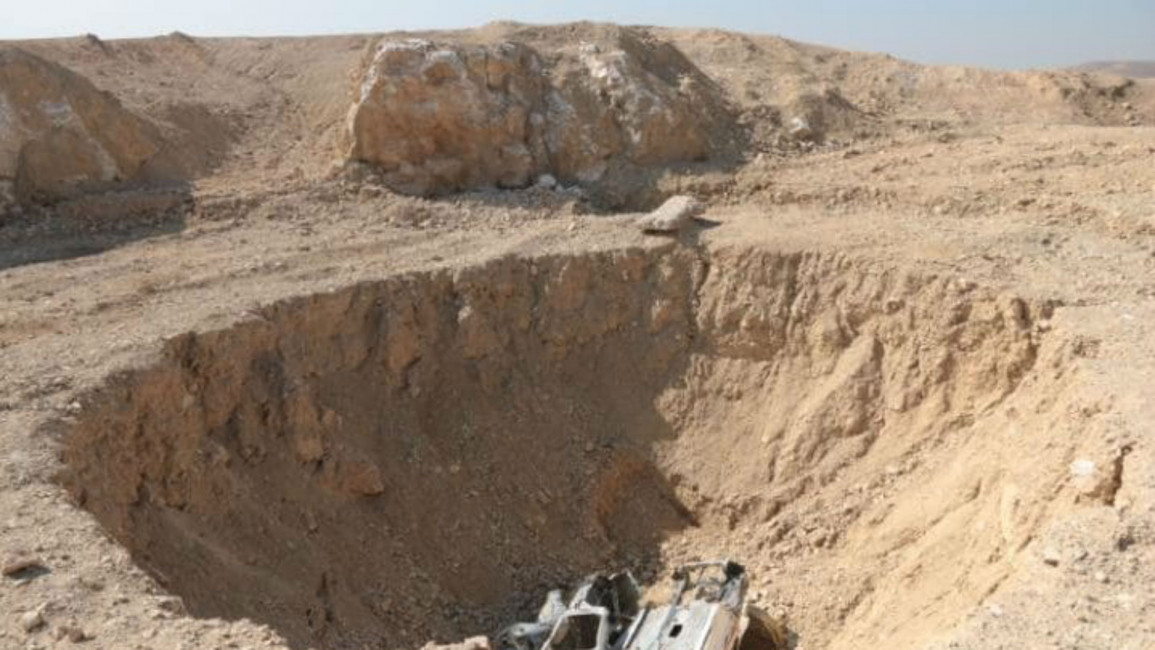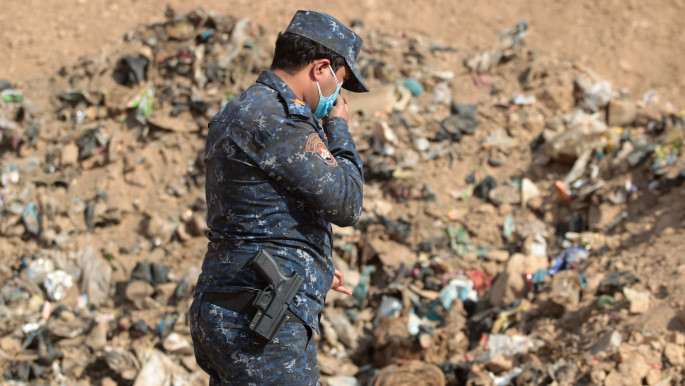Some of the victims, witnesses said, were drivers who had driven their vehicles into the pit.
"Daesh would drive the victims to Khasfa in convoys of minibuses, trucks and pick ups. The men had their hands bound and their eyes blindfolded," said Mahmoud, a local resident from the village of Saranik.



![President Pezeshkian has denounced Israel's attacks on Lebanon [Getty]](/sites/default/files/styles/image_684x385/public/2173482924.jpeg?h=a5f2f23a&itok=q3evVtko)



 Follow the Middle East's top stories in English at The New Arab on Google News
Follow the Middle East's top stories in English at The New Arab on Google News


